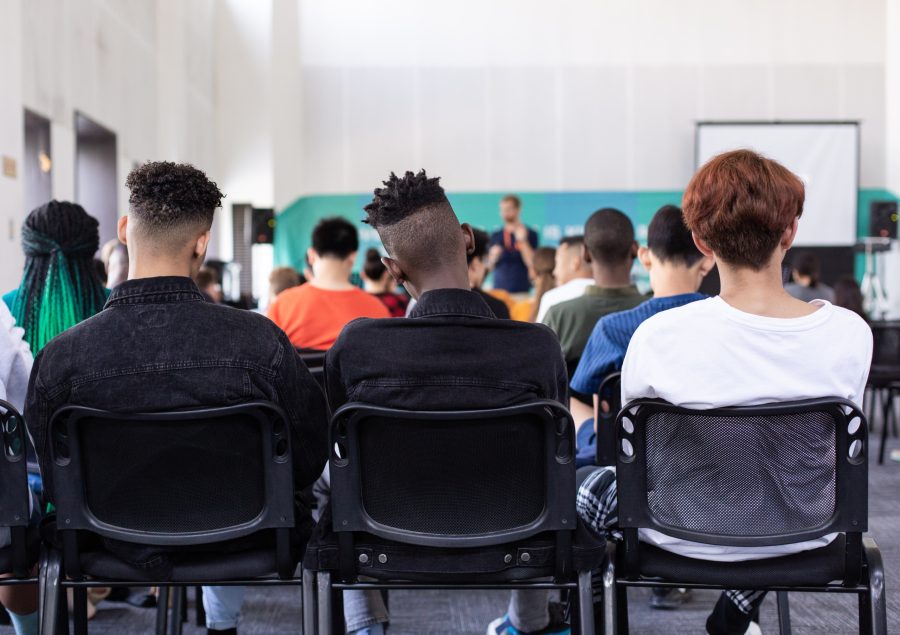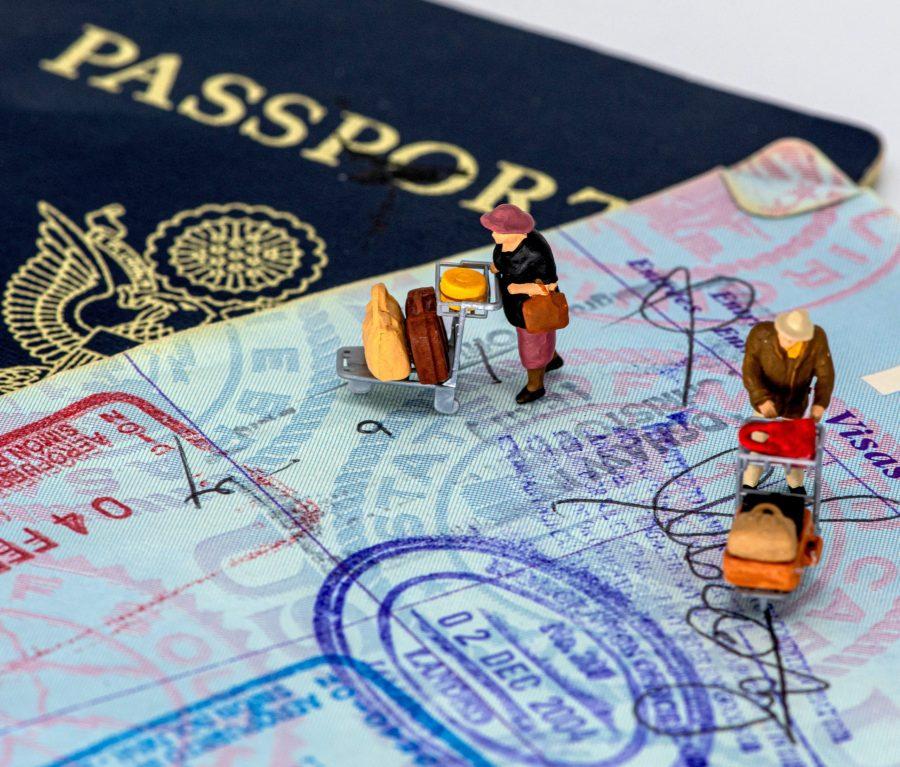Imagine having to pay hundreds or even thousands of dollars to play the sport you love. Imagine knowing you have the talent to belong on the playing field with any other team in the nation, yet knowing your playing field is limited by the amount of money you have. These imaginary athletes have no support from their administration or their fellow students and play for the pure love of the game, nothing else … when they can afford it.
Welcome to the world of club sports.
“”I’d say [I’ve spent] just about one thousand dollars [this year],”” said ballroom dance team captain Kevin Ball.
UCSD snow and ski club president Colin Casper also had to pony up personal funds.
“”Out of my pocket I’ve spent a lot,”” Collin Casper said “”Let’s go with $2,000.””
Not only do these athletes bust their humps on the field, but unlike players for the National Collegiate Athletic Association intercollegiate teams, the club sport members must take care of their own travel, uniform, coaching and competition costs. Such needs often stretch outside of the meager budget allocated to each team by thousands of dollars.
So in addition to worrying about their performances on the field, these athletes must worry about pinching every penny just so they can play.
For example, for the women’s ultimate disc team, league dues and tournament entry fees alone cost $2,690; their total budget allocated to them this year was $3,465. That left $775 to cover travel costs, coaches’ salary, uniforms, equipment and supplies. The team’s total budget came to over $13,000, meaning the Psycaughtits had to supply over $9,500 to cover the whole team’s expenses.
“”It comes a little bit at a time, so it doesn’t seem that bad,”” said women’s lacrosse team captain Megan Wemmer. “”But it adds up.””
Think that’s bad? The ice hockey team’s expenses include $14,300 for ice time, $2,240 for referees, $5,100 for transportation and hotel costs, $2,000 for coaches, $1,250 for league fees and $8,000 for nationals. In all, their total expenses come to $32,890. The money they receive for these expenses was only $6,391.63.
That means the 28 players on the ice hockey team each had to spend $946.37. However, even this number isn’t completely accurate, because as the season wears on and players drop off the team, the cost per player of combined fees such as ice time and referees increases.
“”I’d say I spent probably $575 in initial dues; we went to nationals, so $400 in plane tickets. We also had to pay for our own food, so for a total I’d say well over $1,000,”” said Scott Freidman, current member of the ice hockey team.
These exorbiant costs have forced club athletes to become smart with their money.
“”We practice late at night and have our games late at night, which saves money [on ice time fees],”” Freidman said.
Ball also had to find ways to cut costs.
“”We took vans to Las Vegas,”” Ball said. “”We tried to stay in the least expensive hotels and got bulk supplier costs for shoes. There are only so many things we can do.””
A lot of teams try to stem high travel costs by avoiding hotels altogether.
“”We always scrounge up a place to stay,”” Wemmer said. “”When we went up to Stanford, we stayed with one of the player’s families.””
Casper has a different solution to saving money.
“”We rent a house in Mammoth,”” he said. “”It actually costs [several thousand dollars] less to rent a house than get a hotel. When we travel to regionals, we don’t stay at hotels, we stay at a players’ parents house. At the end of the season, we cram 10 to 12 people in a hotel room for four.””
Unfortunately for some teams, cutting corners isn’t enough and they are deprived of certain advantages their competitors have.
“”We choreographed a lot of our own stuff, and we don’t have a coach, and we didn’t have a professional do our music,”” Dudani said.
This forces athletes to take over a lot of the administrative components of running a sports team.
“”We pretty much run the team ourselves,”” Friedman said. “”We try and get fundraisers together — this year we initiated a sponsorship program.””
More importantly, some teams are forced to sacrifice opportunities to compete due to lack of funding.
“”This year we didn’t go to Florida [to compete],”” Dudani said. “”And the team has gone every year since I don’t know when.””
Teams also give up quality scheduling due to lack of money.
“”[More money] would improve out standing in leagues,”” Friedman said. “”Because you don’t play as many teams, which hurts your chances to improve.””
According to Casper, the ski and snowboard team won’t buy enough spots in their competitions for all their members to avoid having to pay the high entry costs and having players drop out.
“”[We] don’t buy enough slot positions, so not everyone is guaranteed to race,”” Casper said.
Perhaps the worst effect the expensive nature of club sports has is the effect on potential players.
“”We had two players this season who took a break and weren’t able to play due to money,”” Friedman said. “”Fortunately, they were able to raise money through relatives and are working to come back for nationals.””
Casper agrees that the money poses a problem for interested players.
“”I know that for sure I’ve had people really, really interested in our team but say ‘I can’t come up with that money to play,'”” Casper said. “”In general, I think we are all underfunded, and there should be more funding from the University to make it easier for the average person to play.””
Club sport athletes are forced to work in order to play
“”Not only can people not afford it, they have to work even extra to pay, which is another time commitment,”” Dudani said. “”And on top of that, we have to take out from practice time to do fundraisers.””
Overall, while most of the club sports athletes were grateful for what little funding they did receive, many felt there should be more.
“”Because we’re representing the university and such, it’d be nice if we were paid for,”” Ball said. “”We are somewhat limited when we hold events on campus — we have to go through the university, which tends to raise the expenses. What it really hurts is those people who are trying it out for fun.””
“”I think we’re grossly underfunded, personally,”” Casper said.
This year, several club sports teams have gone to nationals to compete, including women’s ultimate disc and women’s rugby.
Now imagine what they could do if they could focus solely on playing and forget about the money.







